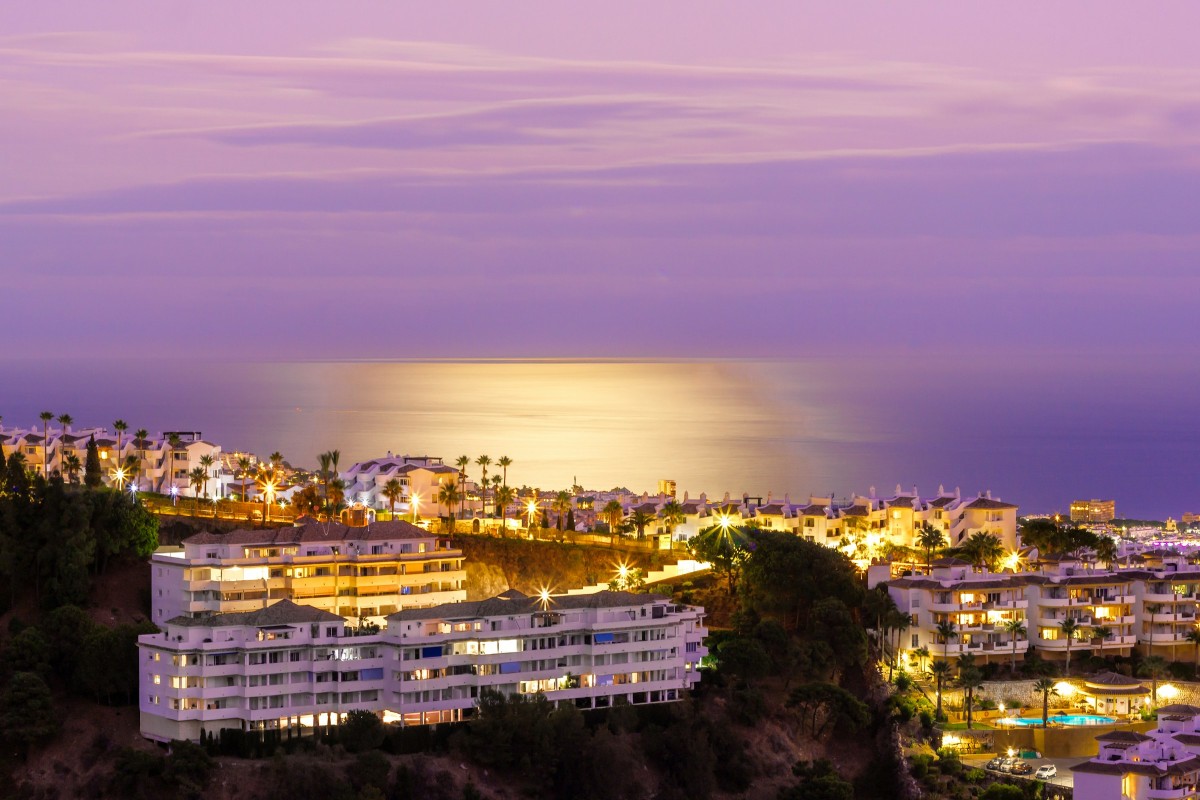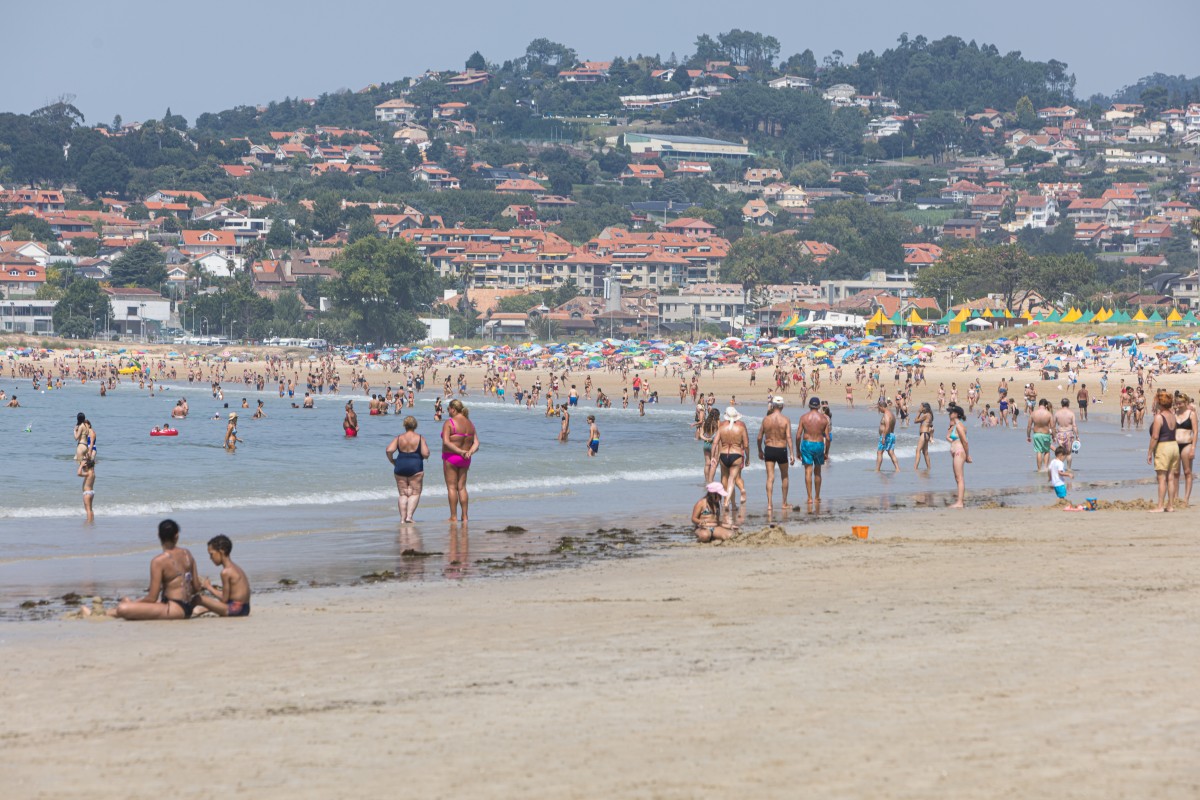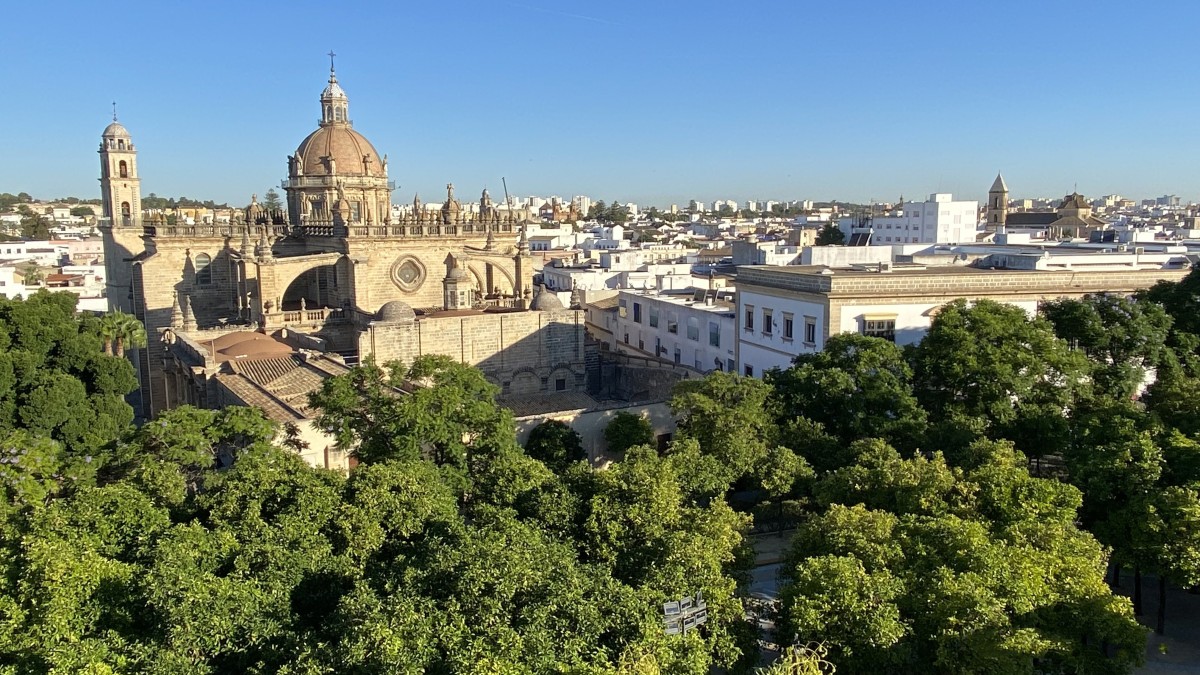
Provincial capitals tend to be the main housing markets in Spain, but there are also large towns that are not capitals that attract a significant number of potential homebuyers.
Most are in the metropolitan area of the main capitals, such as Madrid or Barcelona, but there are also centres away from the capital city, such as Vigo, Gijon, Elche and Cartagena. Taking as a reference the Continuous Population Statistics (ECP) of the Spanish Statistics Institute (INE), 29 cities outside the provincial capitals had more than 100,000 inhabitants as of 1 January 2024.
Vigo, Hospitalet de Llobregat and Gijon stand out and all three have more than 250,000 inhabitants. The last city to join Spain's largest population list was Rivas-Vaciamadrid, which has already reached 100,275 inhabitants. In addition to Hospitalet, there are up to five more cities in the Barcelona Metropolitan Area and up to nine more on Madrid's outskirts.
On average, and according to idealista's latest report on used home prices, residential property prices in these 29 cities grew by an average of 4.3%, below the national average (7.2%), although their increases differ, there is diversity in the increases and the price brackets during the last year.

The main increases during the last year were in Jerez de la Frontera (14.6%), Cadiz, and in two Canarian towns, San Cristobal de la Laguna (12.9%) and Telde (10.3% ). Elche and Marbella also grew by 10%.
On the contrary, up to six of these large towns saw average home prices fall. Mataró (-6.5%) saw the highest drop than other Barcelona areas, such as Hospitalet de Llobregat (-2.7%), Sabadell (-1.1%) or Terrassa (-0.4 %). Rivas-Vaciamadrid (-1.7%) or Barakaldo (-1.1%) also experienced price drops.
As for housing prices, among these large cities that are not provincial capitals, Marbella stands out. The best-known area of the Costa del Sol reached €4,526/m2, marking a record sale price since idealista records started in 2007, after rising 10% in the last year.
Far behind are Alcobendas (€2,775/m2), not including the exclusive La Moraleja complex, Barakaldo (€2,449/m2) and Rivas-Vaciamadrid (€2,410/m2). Three of the six most expensive cities in this analysis saw price drops. Biscay and Madrid cities are joined by Hospitalet (€2,328/m2), which, as we have already mentioned, also fell. Alcorcon (€2,379/m2) is the other most expensive city with price increases (2.4%).
Meanwhile, the most affordable prices among these 29 large towns are in Algeciras (€1,134/m2), which rose 5% in the last year, Cartagena (€1,191/m2), after increasing 2.3%, and Roquetas de Mar (€1,270/m2), which increased 5.2%.

Some of the most notable increases occurred in cities where prices still do not reach €1,500/m2, such as Elche (€1,286/m2), Jerez de la Frontera (€1,382/m2) or Telde (€1,435/m2). Reus (€1,279/m2) also saw a 9.3% increase, while house prices in Dos Hermanas grew more moderately by 5.8% (€1,414/m2).
Other notable cities, such as Vigo (€2,114/m2), grew only 1.7% year-on-year in February, compared to 8.4% in Gijon (€1,838/m2) or 2.4% in Badalona (€2,168/m2).
Finally, along with the price peak that Marbella has set, San Cristobal de la Laguna also stands out, which, with its €1,637/m2, reaches a record high in the historical series. Most of these cities are at prices that are more than 10% below maximums, even being over 25% below in some cases. Other cities, such as Alcobendas or Rivas-Vaciamadrid, are only 3% below their record, while Alcorcon is 10% below.
And what's the comparison with their provincial capitals?
The 29 towns with more than 100,000 inhabitants belong to 14 different provinces. Most of them are in Madrid (10) and Barcelona (6) as we have mentioned, where a good part of Spain's population is concentrated. House prices in Spain's two largest capitals – Barcelona (€4,310/m2) and Madrid (€4,268/m2) – are at maximums after rising 6.6% and 9.5%, respectively.
Interestingly, some of these large towns have more inhabitants than their provincial capitals. For example, Vigo has more than triple the population of Pontevedra (82,535). The price in the Galician provincial capital (€1,898/m2) is below Vigo's but has grown above the Vigo city (4.8%) in the last year.
Gijon also has just over 50,000 inhabitants more than Oviedo, and the price in the Asturian capital (€1,694/m2) is somewhat lower than that of the city bathed by the waters of the Cantabrian Sea and has grown more moderately (3.7%) than Gijón (8.4%).
Another unique case is that of Cadiz, which, due to its unique geographical location – a peninsular on the shores of the Atlantic – cannot grow any further. Cadiz currently barely exceeds 110,000 inhabitants, while the nearby Jerez de la Frontera has more than 210,000 inhabitants. While, on the other side of the province, Algeciras has over 120,000 inhabitants. However, prices are much higher in Cadiz (€2,814/m2) than in the two Cadiz cities.
Likewise, most of these large cities appear in the idealista ranking of cities with the highest relative demand in the property market. Of the cities studied, Madrid 'suffers' the greatest demand pressure, although practically its entire periphery is in the highest demand positions.
Barcelona (12) has greater demand than its metropolitan area, ahead of Santa Coloma de Gramenet (15), Hospitalet (21) or Badalona (33). Meanwhile, Jerez de la Frontera (47), 'beats' Cadiz (67) or Algeciras (76). Pontevedra (64) has more demand pressure than Vigo (68), but Gijn (22) is ahead of Oviedo (62), and Reus (20) also surpasses Tarragona (32).